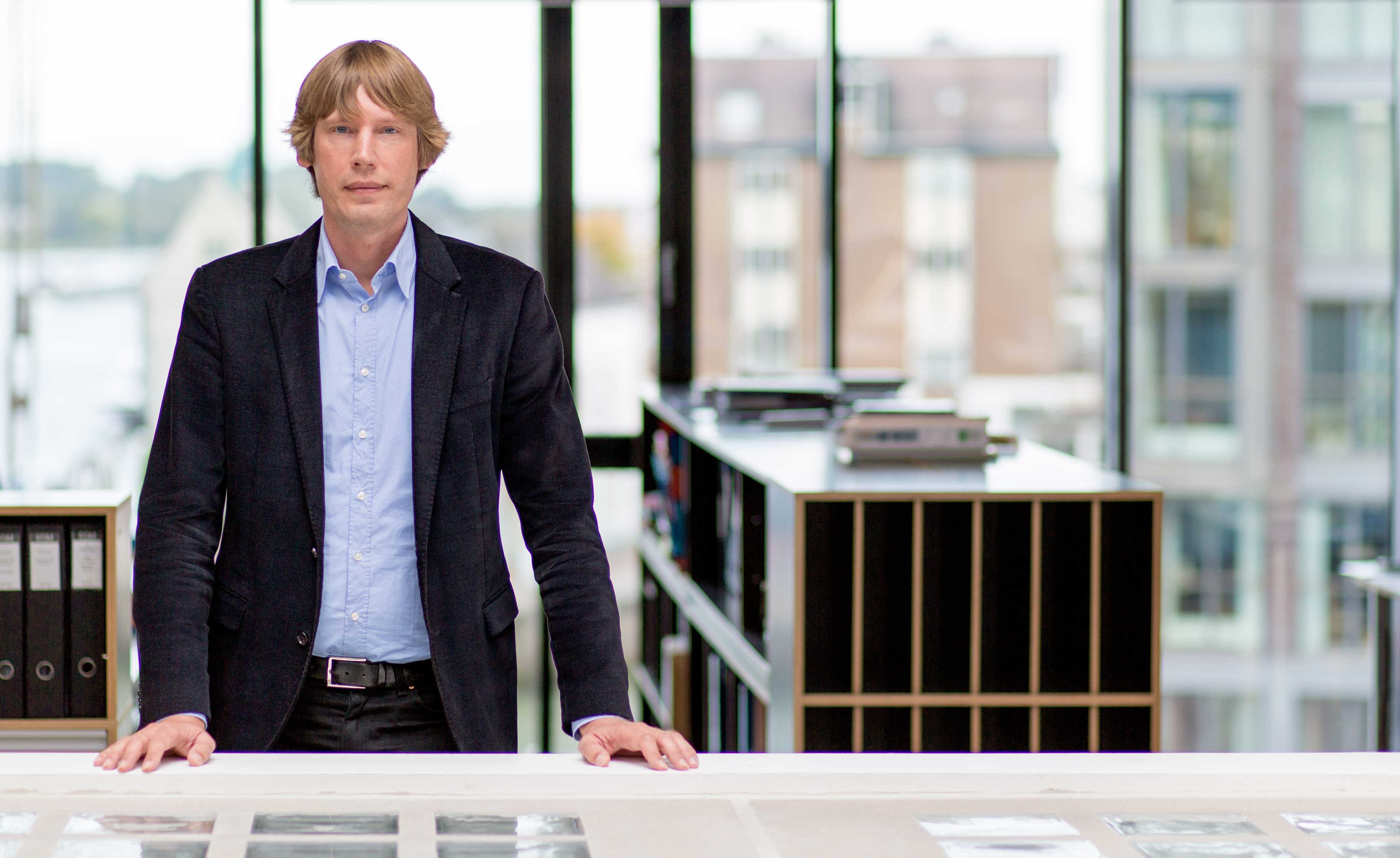Architecture contributes to our well-being
Why do we discuss our buildings so seldom?
Architect Martijn in 't Veld wonders why today we so seldom discuss our buildings while it is scientifically proven that architecture influences the well-being of man.
When I was studying Architecture in Delft an engraving in an architectural history book caught my attention. It was an allegorical image of a primitive hut, for which trees served as columns. The engraving was the cover of the book 'Essai sur l'Architecture', written by the Jesuit Marc-Antoine Laugier and (anonymously) published in 1753. I decided to write a thesis about it, not knowing that that decision would take me on a fascinating journey through almost the entire history of architecture and architectural theory.
‘Observations sur l’Architecture’ (1765)
In his book Laugier argues that the principles of architecture should be based on simple nature, symbolized by the above mentioned primitive hut. His ideal was the merger of classic architectural language with the lightness and elegance of gothic architecture – the latter style he despised. This stylistic vision, which he describes in detail in his book ‘Observations sur l’Architecture’ (published in 1765), had around that time in almost perfect form been designed in the Panthéon (originally St. Geneviève) in Paris. He highly praises this design in his ‘Observations’, without being aware that the constructional technique of that era was not up to the task of supporting so much lightness and slenderness: pretty soon after the church had opened the large windows had to be closed to prevent the building from collapsing. Thanks to that constructional intervention the Panthéon still exists today, but it is a far more closed building then the architect Soufflot had intended.
Debates about architecture was common practice
Interesting about Laugier's book and the literature that is dedicated to him (*) is not only the fact that he was an outspoken man with a passionate character - king Louis the 15th experienced that personally - but also to realize that having debates about architecture was common practice in those days. It doesn’t need explaining that these discussions occurred in social circles where one didn't need to worry about daily life, but the mere fact that it was considered normal practice is in outright contrast with our time. Discussions about art, architecture and beauty were considered important.
Why do we discuss our buildings so rarely?
As an architect I am discussing designs almost on a daily basis. Fortunately I am able to do that in the healthcare sector – an area in which I am in close contact with the people who are going to work in the buildings we create. I merely meet enthusiastic and dedicated people with whom I cooperate to create new healthcare environments. We are not only discussing the working processes that will take place, but we are also discussing the influence of the built environment on the wellbeing of people. The extensive research in the fields of Healing Environment and Evidence Based Design enables us to discuss these topics more objectively. A development I vehemently support. The biggest part of our lives takes place inside buildings. Why then do we discuss it so rarely?
Architecture contributes to our well-being
With today’s knowledge, we know that transparency, daylighting and orientation are important design aspects which are key for mental and physical wellbeing of people. Although we can't dissociate Laugier’s book from the rational context in which it was written, with his vision of lightness and transparency he was way ahead of his time.
(*) Wolfgang Hermann, Laugier and eighteenth century French theory, London, 1962

